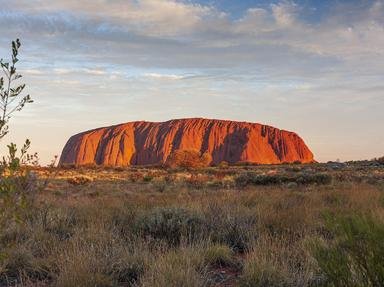Quiz Answer Key and Fun Facts
1. What does the term "Nullarbor" mean?
2. The Nullarbor plain sits atop of the world's largest, single, exposure of limestone bedrock. What is this area of Australia's coastline called?
3. Historically the Nullarbor Plain has been occupied by two indigenous Australian peoples; the Wangai and which other?
4. The highway that stretches through the Nullarbor Plain of Australia bears the name of which man, the first European to successfully cross this inhospitable piece of dirt in 1841?
5. "Crossing the Nullarbor" is seen as a significant event for most Australians. What made this crossing more notably dangerous prior to 1950?
6. One of the longest straight stretches of road in the world lies on the Eyre Highway, across the Nullarbor Plain in Australia. By what linear name is this section of road known locally?
7. What is the name of the rail link that runs from Kalgoorlie in Western Australia, across the Nullarbor Plain, through to Port Augusta in South Australia?
8. Before the construction of the highway across the Nullarbor Plain in Australia, had anyone, successfully, crossed this stretch of land on bicycle?
9. For what did Maralinga in Australia's Nullarbor Plain become infamous in the 1950s?
10. What is/are the Nullarbor Links?
Source: Author
pollucci19
This quiz was reviewed by FunTrivia editor
LeoDaVinci before going online.
Any errors found in FunTrivia content are routinely corrected through our feedback system.
